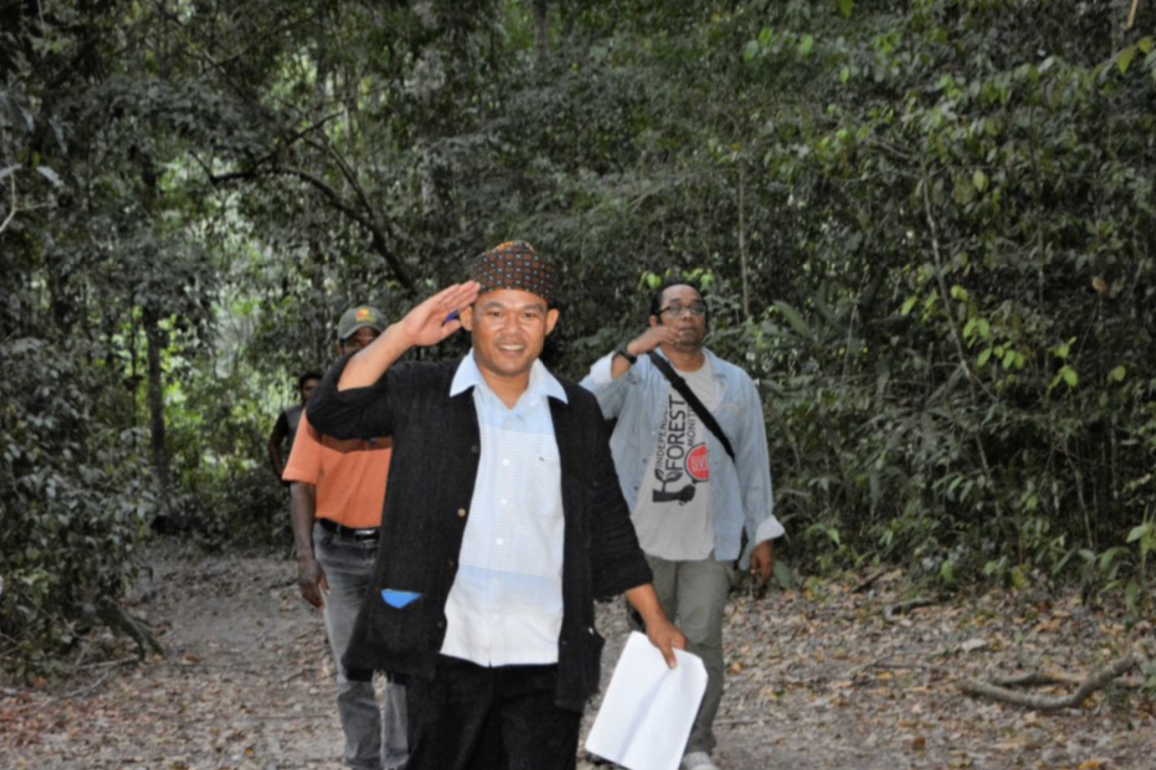Wahid, a member of the Karang indigenous community on the island of Java, was one of the indigenous representatives invited to visit the RBM forest concessions. Indigenous communities in Indonesia are currently in the process of mapping, titling and restoring their customary forests. Photo by Carolina Gamazo
Story by A. Ruwidrijarto (NOKEN Connecting Community)
Pfewww… I have this huge backlog of Noken stories that I need to write (please note the big if here). And BUMM… came this request to write about Guatemala. I can not say no. Not because of who made the request but because of this reason: as a student of a Mr. Shaw, I am a believer of “Those who can, do; Those who can not, teach.”
Or write… So here I am writing about a place that I have never been to. I did not go to Guatemala not even once.
Not in 2008 when I wrote this: http://mbajing.blogspot.com/2008/08/indonesia-vs-guatemala.html. I intended that article to convince people to compete with Guatemala, in football and in community logging. At that time (data of 2004) Guatemala has scored 380,334 hectares of FSC certified community logging by indigenous peoples groups. That’s a lot of goals. Indonesia in the meantime only scored 1,200 goals. That’s pathetic hectares.
Obviously, I failed miserably in this noble intention to convince people to be serious about football and community logging. The article was not even published by any respected and serious media outlet. It ended up in an obscure blog, not respected and not serious, in the internet. The blog has until today 2 readers: myself and my brother who used to work in the automotive industry. Even he is not convinced. It was the other way around. He successfully convinced me to use the blog to promote his car service business. Talk about jumpalitan.
Not in 2017 when a group tour of Community Forest Enterprises (CFE) went to Guatemala. I did not take part in that trip.
But these guys did:

Beautiful sight, isn’t it? Not quite a bromance, though. Physical distancing is strictly enforced in that Noken The First Time, anyway, with a little bit of tolerance. But still…no handshaking or shoulder touching or hugging which everbody is so dearly longing.
It’s the connection between the two: the community of Pagerharjo in Jogja, and the Kasepuhan Karang in Lebak, Banten. That’s a connection made possible by that CFE group tour to Guatemala in 2017. The connection is perhaps the most important, longest lasting result of that project.
Here’s how that’s important, and I observed this at 100 meters from the two (Jaro Wahid, being a jawara, is as sharp and loud as the knife he always carries. Heri, not sure how come but sharp and loud all the same).
Heri : You are (expletive)..(expletive)..why haven’t you made this (expletive) action that we have discussed the other day?
Jaro : (expletive)..(expletive)…(expletive) What you have achieved is nothing. You will see I can do (expletive)..much better and stronger. (Expletive)..(expletive).
Too many expletives. I will substitute with 🤬 .
Heri :Igaveyouthis🤬 ideaandIspent🤬 🤬 hoursonthetelephoneandyou🤬 🤬 didn’t do anything. I’d rather talk to 🤬 🤬 🤬 🤬 .
Jaro :You🤬 🤬 🤬 🤬 🤬 🤬 🤬 🤬 [Ilostsomehearingherebutsomethingabout indigenous peoples, leadership, those things].
Jaro : You wait ya! I will 🤬 🤬 🤬 🤬 [something about organizing youth in a community].
I think what’s happening there is that they are challenging each other, at the same time sharing ideas and exchanging knolwledge. This is 🤬 great!Uupss…sorry. I’ll return to conventional professional writing style.
I think they have been nokening each other since that group tour to Guatemala. Unofficially because officially Noken is established only recently in that late summer of 2020, on a boot of a car parked under the canopy of mahogany and sengon trees, somewhere around the Java agroforest of Menoreh hills.
So, here’s a secret: what’s so transforming about that 2017 CFE group tour to Guatemala is the way these guys, all 9 of them, got connected to each other, constantly challenging each other, sharing ideas and inspiration, and together transformed their communities.
It’s nice to see communities get together and be unbeatable.
Speaking about get together, there is another guy of that Guatemala Connection that I met recently during Noken The First Time. A report from the 2017 CFE group tour to Guatemala shows that the main role of this guy is to get everybody together, while his second main role is to get things for everybody, sort of. For example, when someone got sick because he did not eat enough because the food in Guatemala is different from the food in Indonesia, this guy came to the rescue and was able to get rice for everybody. Or when someone did not speak enough because the speaking in Guatemala is different from the speaking in Indonesia, this guy facilitated the speaking so that everybody could get more or less the same understanding of things being discussed, or in several unfortunate times, the same confusion. But at least everybody got it together.
This guy’s main and second main roles have proven to be critical in making sure that 2017 CFE group tour to Guatemala a success. It’s not an easy job and one needs to be always prepared for whatever discussion or food situation that comes about. That’s why to do this job effectively one has to always carry a shoulder bag, like the picture from Mongabay below:

By the way, that bag is an early prototype of Noken. Massive R & D has been put by many indigenous communities in Papua and elsewhere to transform noken from that early/primitive prototype into such a sophisticated, advanced and fashionable multifunctional bag that we have today.
Zen is the name of that prototype guy. Similar to aforementioned guys, he is also sharp and loud, perhaps even louder (also useful for singing Iwan Fals). This coincidental similarity seems almost like a sign that at least in the beginning we need that loud banging, sharp CPRing, get everybody together and get things for everybody to enable that connection among communities to come to life.
There are many more persons of that monumental trip, including another gogetter/errand guy who can actually speak the language spoken in Guatemala. A facilitator in today’s term. Unfortunately I haven’t seen him and them for a long time now, let alone in possession of their photographs. So I can not report to you how they are and what they do.
2020 is 3 years from that CFE group tour so perhaps now is a good time to hear what has changed, impacts made, whether the scar if any has faded away, perhaps an ex-post reflection (very exciting as we can also use it as an excuse to get together and noken around).
On Guatemala CFE itself, from the little that I read and heard, a lot must have had happened since 2017. Including their self-questioning of how they got there and where to go next,
under some heavy projection that the scale of investment by all these big acronyms in global environmental and development industry, millions of dollars over several decades, may be no longer there for them to sustain or continue grow.
Which is quite different from the situation in regards to investment made by Samdhana (not an acronym) into developing CFE in Kulonprogo, Jogja. It was a tiny USD 5,000 to help organizing a first gathering of agroforesters from Samigaluh, Kalibawang, Nanggulan. That was 2006. In the fourteen years since that gathering, after probably around USD 50,000 investment in total from Samdhana and various organizations (mostly not acronymed) a lot has happened too. All good, I’d say. But that’s a different story to tell.
Other major question is probably related to whether timber should continue be the principal business for those community forest enterprises. Is it true that timber business in communiy forestry is settling down, growing but also becoming usual. And what about it in this global pandemic economy?
All these stories need to be told as the Guatemala model of CFE is surely hugely important in terms of inspiration, knowledge and benchmarking. However, I have to say to a Mr. Shaw that This I can not write; this I have to (if can) go.
I wish I could drive the 17,563 km to that place in Guatemala.
But for now, let’s just check this articles:
Etc.
That’s a hopeful one…let’s noken in the thousands km..



Leave a Reply
You must be logged in to post a comment.